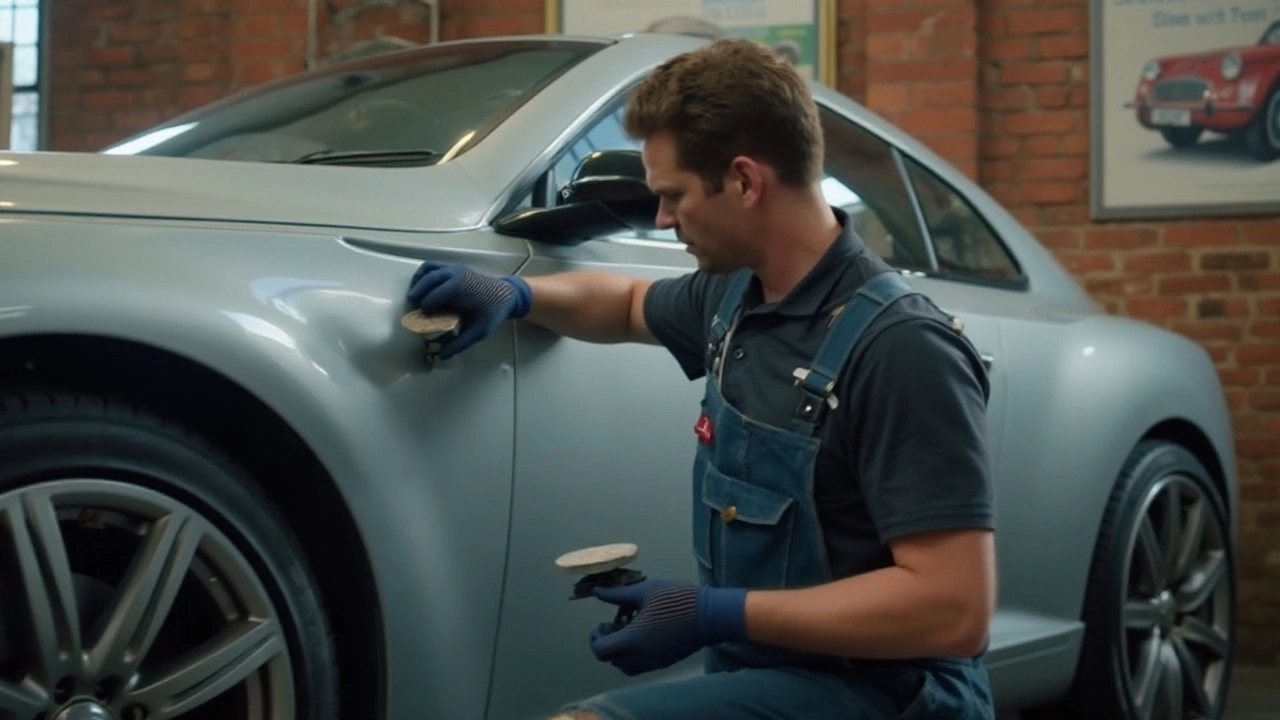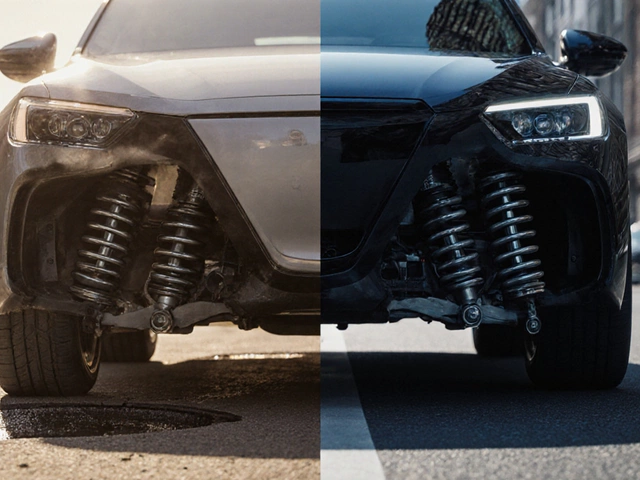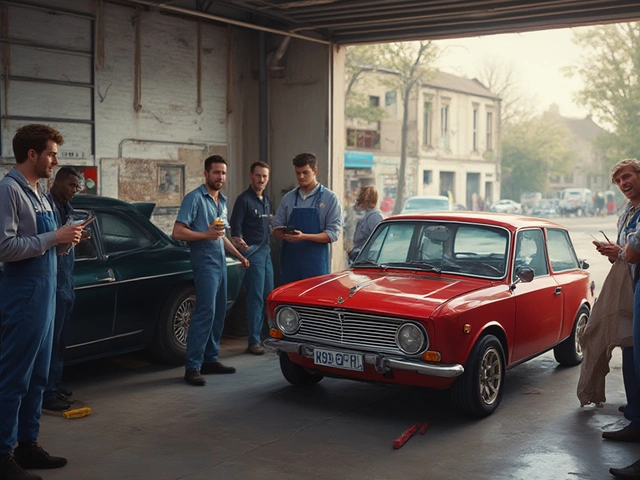Brake Issues: What’s Wrong, What to Do, and When to Call a Pro
If your car feels like it’s dragging, whining, or shaking when you hit the brakes, you’re probably dealing with a brake issue. Brakes are the most critical safety component on any vehicle, so ignoring a problem can cost you more than just money – it can cost lives.
Most brake problems start with the pads. Pads wear down over time, and when they get too thin they can’t grip the rotor properly. You’ll notice a squealing noise, a soft pedal feel, or a vibration in the steering wheel. Those signs mean it’s time to check the pads, rotors, and maybe the fluid.
Can You Replace Only Rear Brake Pads?
Many drivers wonder if swapping just the rear pads is safe. The short answer: it can be okay, but only if the front pads are still in good shape. Front brakes do most of the stopping work, so you’ll usually replace both sides at the same time to keep braking balanced. If you only change the rear pads, the car’s brake bias can shift, making the front work harder and potentially leading to uneven wear.
Before you decide, inspect the front pads for thickness, glazing, or cracking. If they’re above the recommended minimum (usually about 3 mm), a rear‑only job might be fine. But if the front pads look worn, replace them together. This keeps the brake feel consistent and avoids pulling to one side.
Quick DIY Checks Before You Head to the Garage
1. Listen for squeal or grind. A high‑pitched squeal often means the wear indicator is touching the rotor – a clear sign the pads need replacing. A grinding noise tells you the pad is gone and the metal is rubbing the rotor, which can damage the rotor and cost more.
2. Feel the pedal. A soft, spongy pedal usually points to air in the brake lines or low fluid. Press the pedal firmly; if it sinks to the floor, you might have a leak.
3. Check for pulsation. If the pedal vibrates when you brake, the rotors could be warped. Lightly tapping them with a hammer can sometimes even them out, but if the wobble persists, they need resurfacing or replacement.
4. Look at the fluid. Pull the brake fluid reservoir cap and check the level. If it’s low, top it up with the correct type (DOT 3 or DOT 4) and watch for a leak.
These checks can save you a trip to the workshop, but if anything feels off, it’s smarter to get a professional opinion.
At Northwich Tyres Centre we have the tools and expertise to sort out any brake issue, from simple pad swaps to full caliper rebuilds. Our technicians will test the brake pressure, inspect the rotors, and make sure the brake balance is spot‑on.
Remember, brakes don’t wait for a convenient day. If you hear any of the warning signs above, schedule a service quickly. A well‑maintained brake system gives you confidence on the road and keeps your car running smoothly for miles to come.
 3 January 2025
3 January 2025
Essential Tips for Identifying Worn Brake Pads
Discover practical ways to determine if your brake pads are wearing out. Learn about the various warning signs that your brakes may display when they need attention, from unusual noises to visual checks. Understand why maintaining healthy brake pads is crucial for your vehicle's safety and performance. Stay informed with useful tips for prolonging the life of your brake pads, saving you potential time and expense.






0